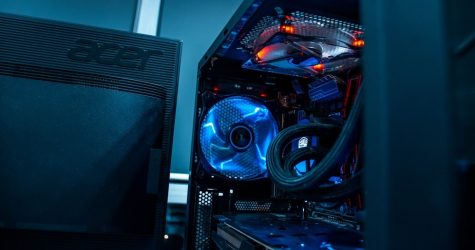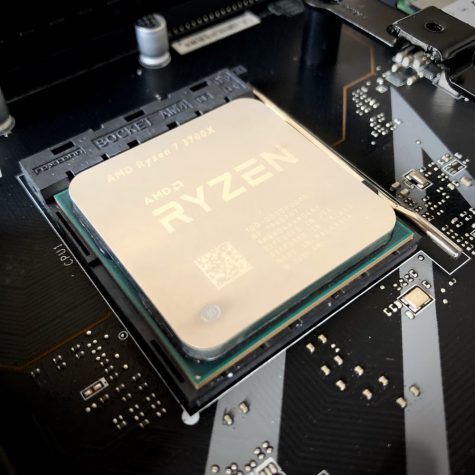Ballin’ on a Budget
How to save money on PCs.
Saving money, in this new age of technology it is amazing to think about the possibilities of computers today. However the price to pay for this innovation can be quite high, nevertheless with the right combination of parts and knowledge money won’t be an issue. Today I will lead you on the path to purchasing and or building a PC that can reflect you and the work you do.

Before even thinking about anything at all. The most important step you have to understand is how much money you are willing to throw into your setup and what you want this set up to specialize in. For example, if you are a graphic designer you should be more interested in a very substantial and powerful processor with a combination of a large amount of RAM (Random Access Memory). Oppositely, if you are interested in gaming, you should be more interested in a more substantial GPU (Graphics Processing Unit/or commonly known as a graphics card) with a combination with a powerful processor while not focusing too much with RAM.
Most of the time when you purchase a desktop from a big computer company there’s usually a significant upcharge of $100 or more for just having it built. However one of the biggest benefits of building your own desktop is saving that upcharge and knowing how all of it was put together. In some cases your prebuilt may have been assembled incorrectly. For instance, the RAM could have been spaced and inserted improperly which could lead to lost performance, or the cable management wasn’t organized well, or even in extreme conditions the PSU (Power Supply Unit most commonly known as a Power Supply) was installed incorrectly creating suffocated airflow which could short circuit your system. Building your own is the safest possible way to avoid accidents and minimize spending.
Now some of you may be asking who knows how to build a PC and what parts do I even need? Well, solutions to this problem have existed for quite some time. Websites such as pcpartpicker.com give you a in depth look at the specific parts you need for how much you’re willing to spend. Resources like this can be found all over the internet and can be quite helpful to people not only building their first desktop, but all the others to come. Another option that takes a bit more research is looking on websites that offer pre built desktops and glancing at the specific parts used in the builds. Depending on your budget look on other retail sites and compare prices between what you’ve seen. This process does take a bit more time, however it’s the best way to really know the parts, quality, and price of them before ordering. Including a complete build guide in this wouldn’t help you as much, on youtube there are thousands of videos of PC build guides. The best guides usually come from channels that focus on technology or engineering. Sometimes they’ll include a part that you may not have such as extra fans, don’t worry if you’ve done the research and have purchased all the necessary parts you should be fine.

Building a desktop is the best way to get the best performance in the cheapest way possible. It’s a great alternative to buying into computer manufacturers’ “ideal” or “optimal” setups that are overpriced and in some cases may not even be assembled correctly. Understanding the parts you need isn’t a hassle with websites like pcpartpicker.com that give you lists of parts and tell you which are compatible with one another. In addition with adequate guidance from PC building guides you should be able to build a setup that you’ll be proud of and one that has the most performance possible.



